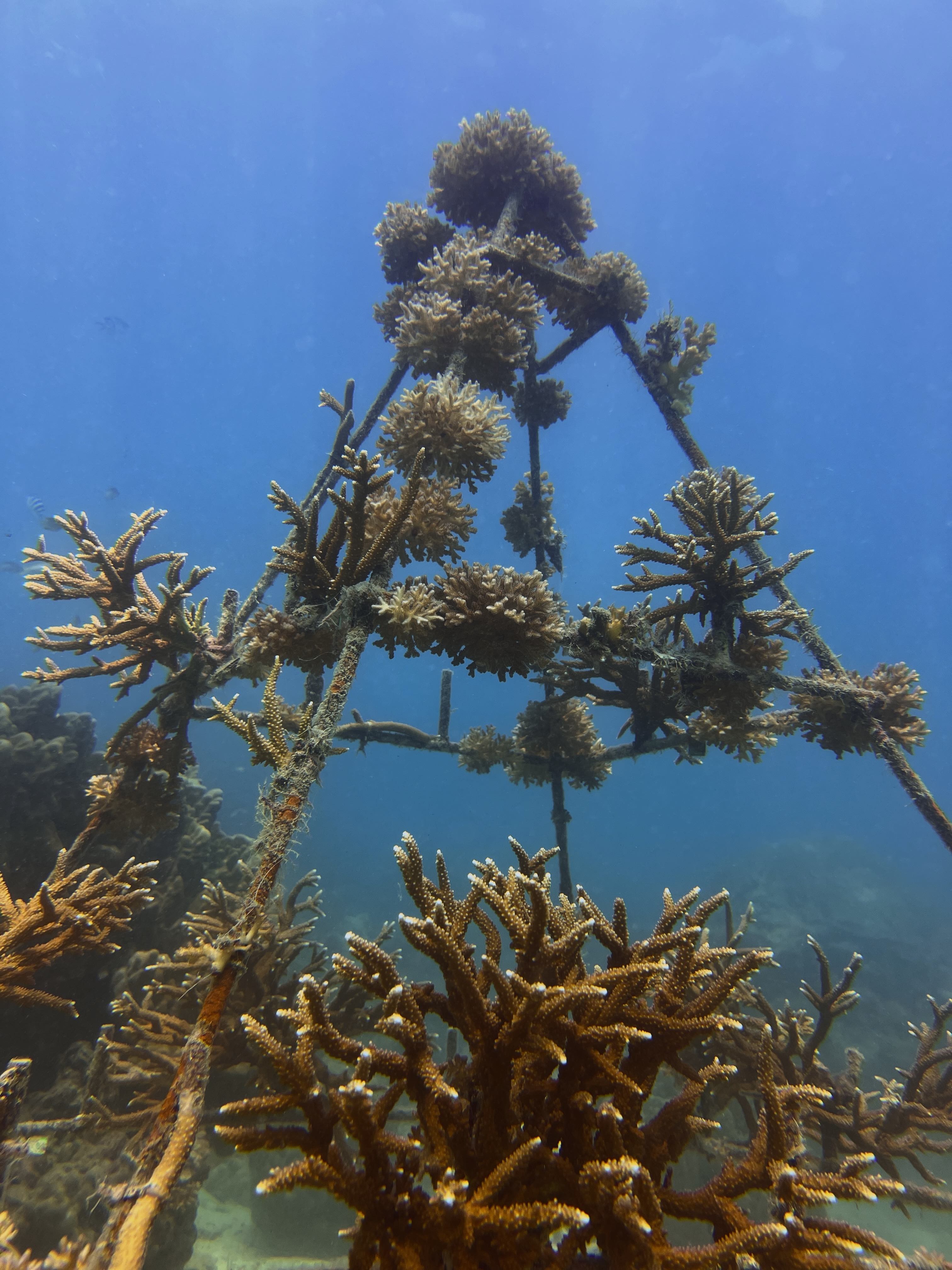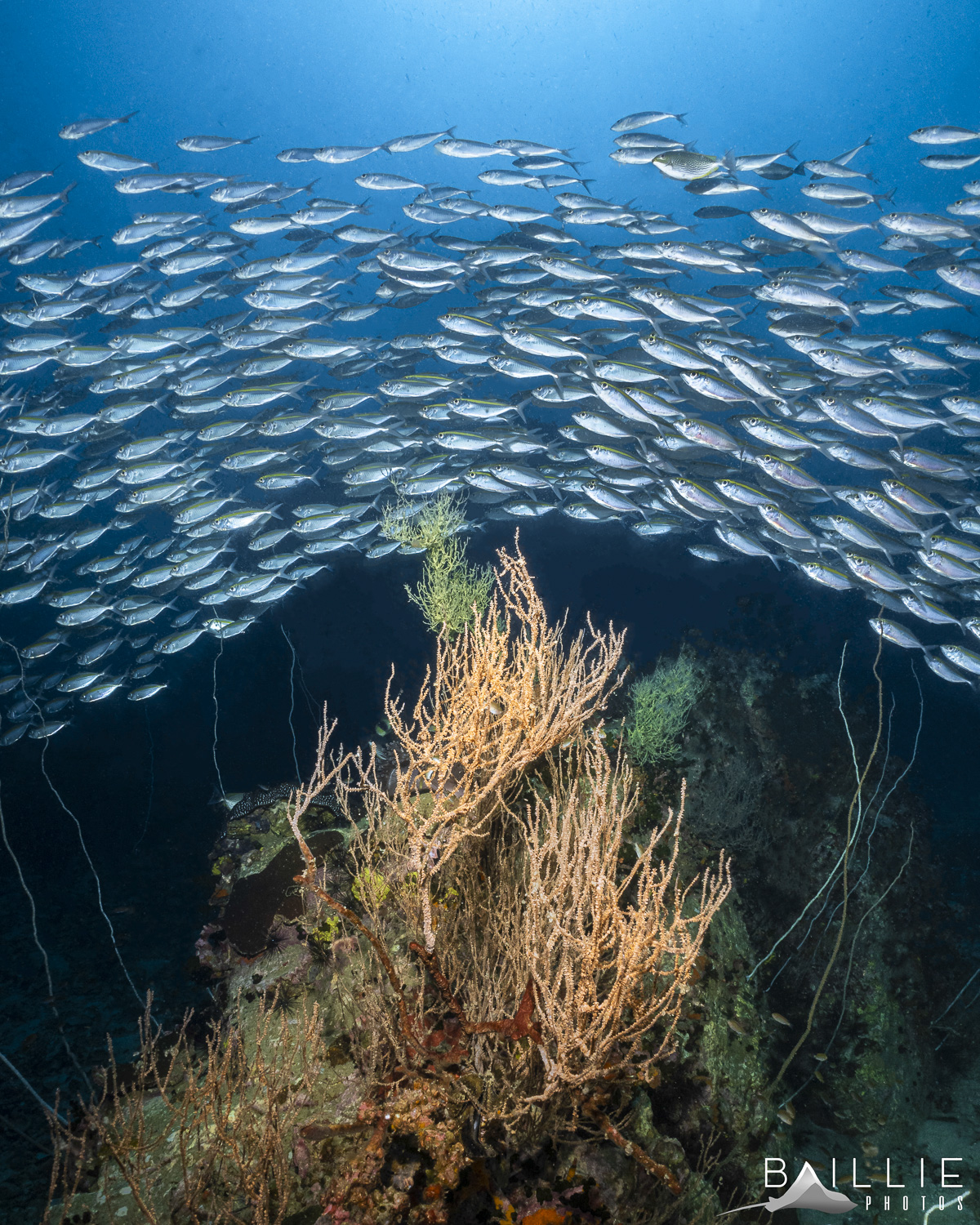Get in Touch
Email Address
Info@rhino.com
Phone Number
Sales: +098 765 4321

Coral reefs, often referred to as the rainforests of the sea, are some of the most diverse and productive ecosystems on the planet. However, these vibrant underwater ecosystems are facing unprecedented threats due to climate change, pollution, overfishing, and coastal development. Coral restoration has emerged as a critical tool in the fight against coral reef degradation. In this blog post, we'll delve into various active coral restoration methods and discuss why coral restoration is so crucial for the health of our oceans.
The Importance of Coral Reefs
Before we explore coral restoration methods, let's highlight why coral reefs are indispensable to the health of our oceans and the planet. Coral reefs support an incredible array of marine life, providing habitat and foo
d for countless species. They act as natural barriers, protecting coastlines from erosion and storm damage. Additionally, coral reefs contribute to the global economy through tourism, fisheries, and pharmaceutical discoveries.

The Threats Facing Coral Reefs
Unfortunately, coral reefs are under threat from a range of human-induced stressors. Rising sea temperatures, ocean acidification, overfishing, and pollution are causing widespread coral bleaching and death. It's estimated that over 30% of the world's coral reefs are already severely damaged, and without intervention, we risk losing these invaluable ecosystems.
Active Coral Restoration Methods
Coral Propagation: Coral propagation involves growing corals in nurseries and then transplanting them onto degraded reef sites. This method is effective for fast-growing coral species and allows scientists to cultivate genetically diverse coral colonies. The process typically involves fragmenting healthy corals, attaching them to a substrate, and then transplanting them onto degraded reefs.
Coral Larval Restoration: Coral larval restoration focuses on collecting coral eggs and sperm during the annual coral spawning event. The collected larvae are then cultured in a laboratory before being released onto degraded reefs. This method aims to increase genetic diversity and enhance the resilience of coral populations.
Artificial Reefs: Artificial reefs involve placing human-made structures, such as concrete structures or sunken ships, onto the ocean floor to provide a substrate for coral attachment. These structures can serve as a foundation for coral growth and contribute to the rebuilding of degraded reef ecosystems. This is what we focus on at the Roctopus ecoTrust. With special permission from the Thai government, we have implemented a series of structures where we outplant coral fragments in order to actively restore coral in the Sairee area. Our reef has not only increased the coral health of the area, but also increased fish biodoversity and abundance.

Coral Bleaching Mitigation: Some innovative techniques aim to mitigate coral bleaching, a phenomenon where corals expel the symbiotic algae that provide them with nutrients and color. Methods include shading corals to reduce light intensity, using cooling devices to lower water temperatures, and even genetically modifying corals to make them more heat-resistant.
Why is coral restoration important?
Biodiversity Conservation: Coral reefs are home to a quarter of all marine species, making them a biodiversity hotspot. Coral restoration efforts help preserve and restore the intricate web of life that relies on these ecosystems.
Climate Change Resilience: Healthy coral reefs act as carbon sinks, helping mitigate the impacts of climate change. Restoring coral reefs enhances their resilience to climate-induced stressors, contributing to the overall health of our oceans.
Economic and Social Benefits: Coral reefs contribute significantly to the global economy through tourism, fisheries, and coastal protection. Restoring these ecosystems ensures the continued provision of these valuable services and supports the livelihoods of millions of people.

Coral restoration is a beacon of hope for the world's coral reefs, offering a chance to reverse the damage caused by human activities. The various active restoration methods underscore the urgency and complexity of the challenge, requiring a multi-faceted approach. As we continue to develop and refine these techniques, we must also address the root causes of coral reef degradation, including climate change and unsustainable practices. Only through concerted global efforts can we ensure the survival and thriving of these vital ecosystems for generations to come.